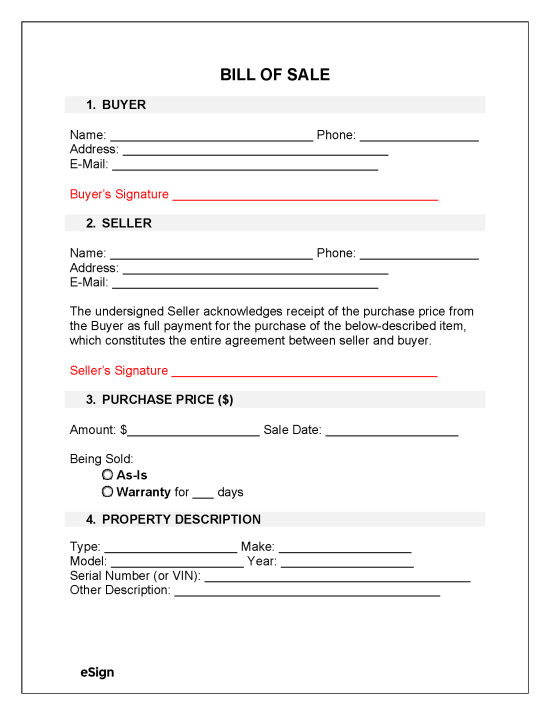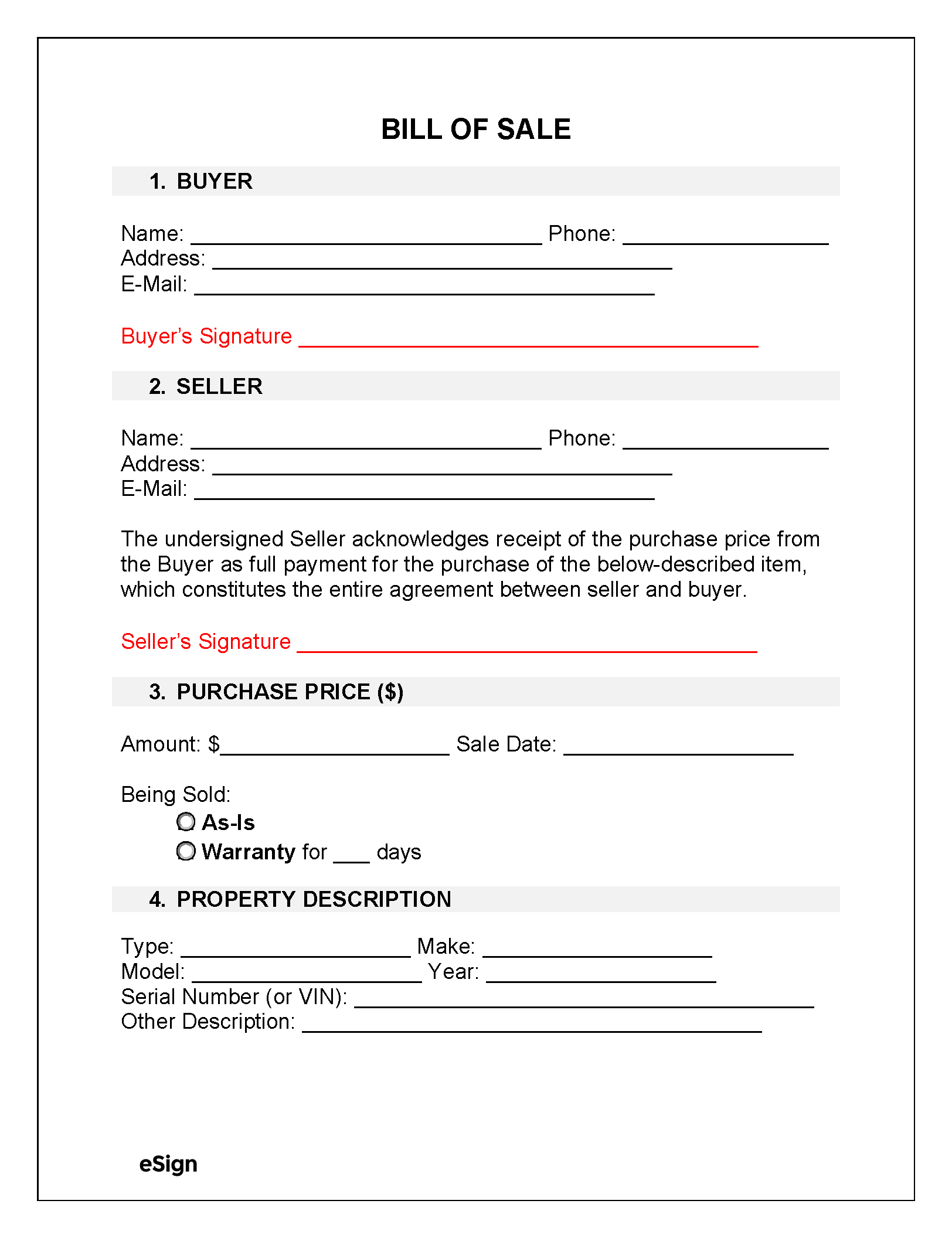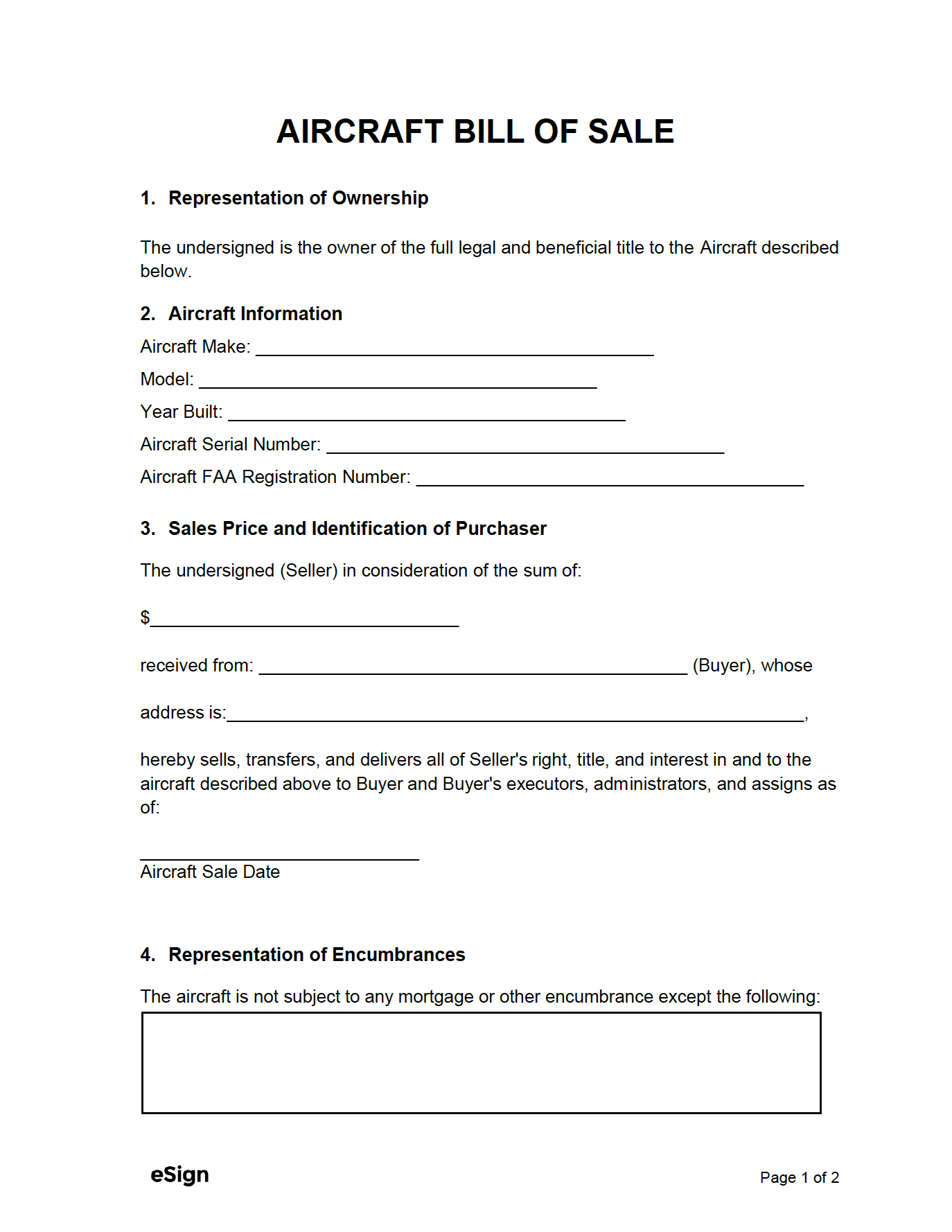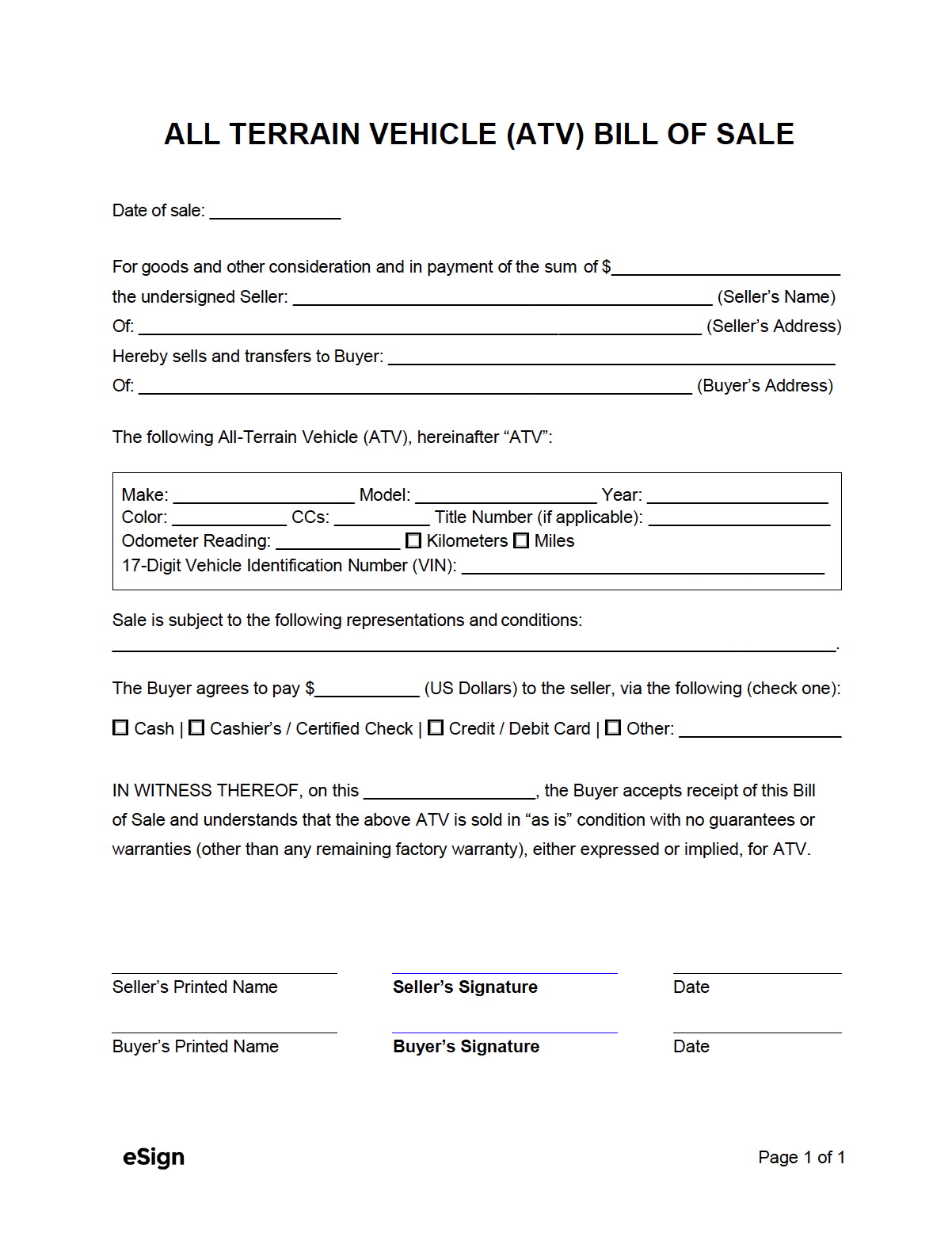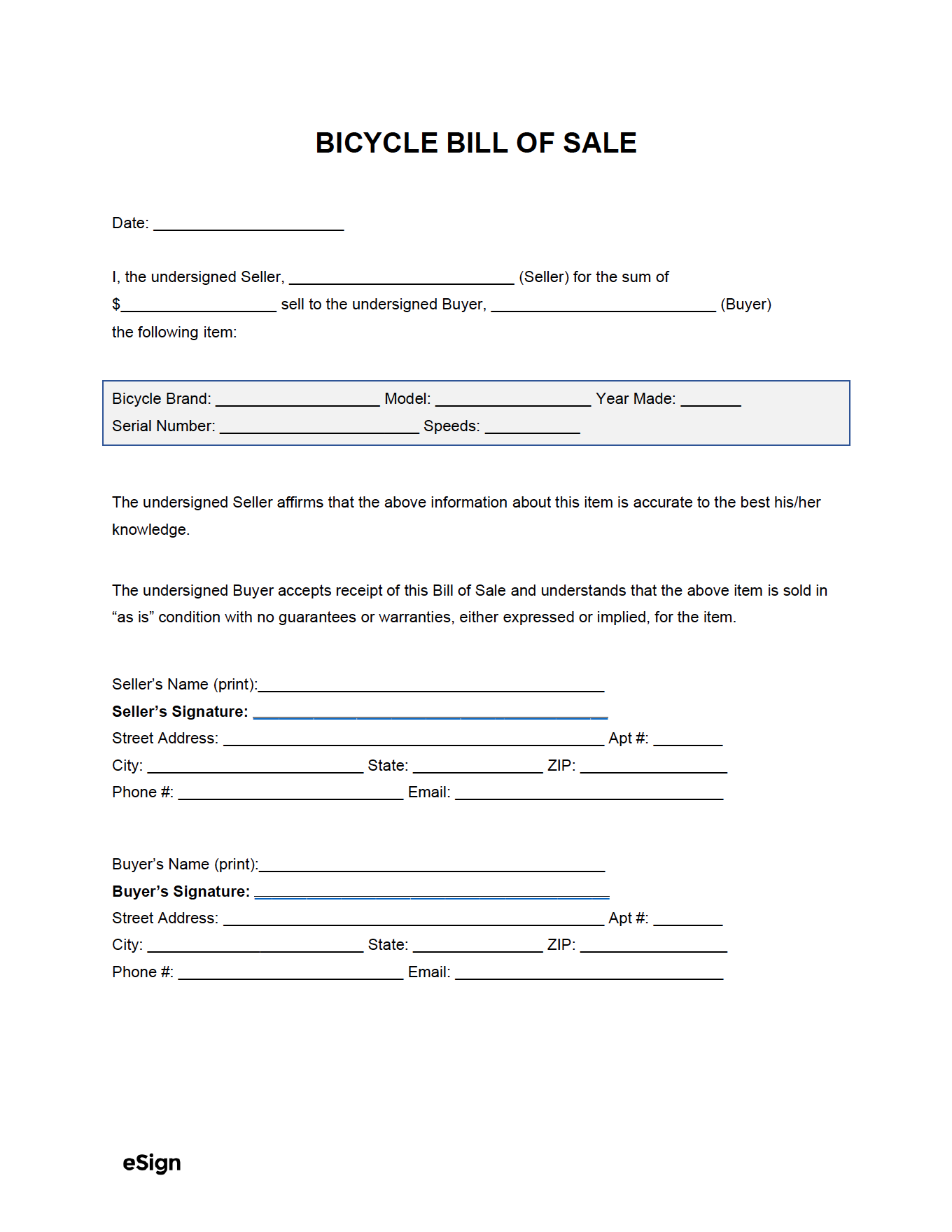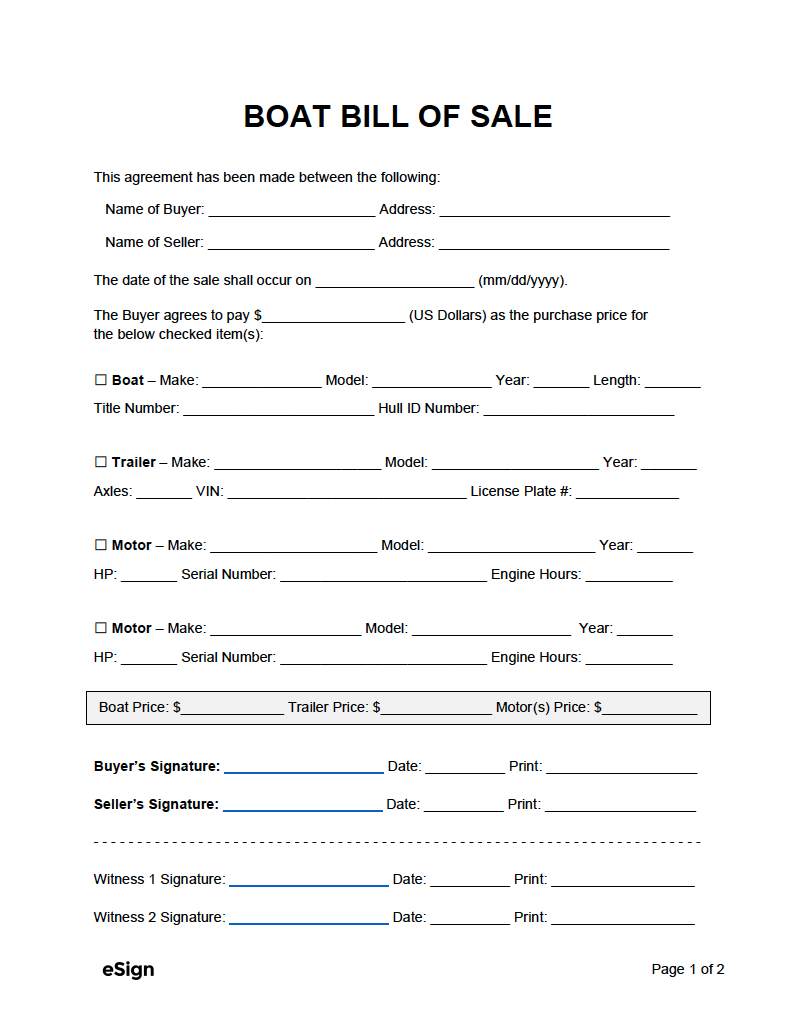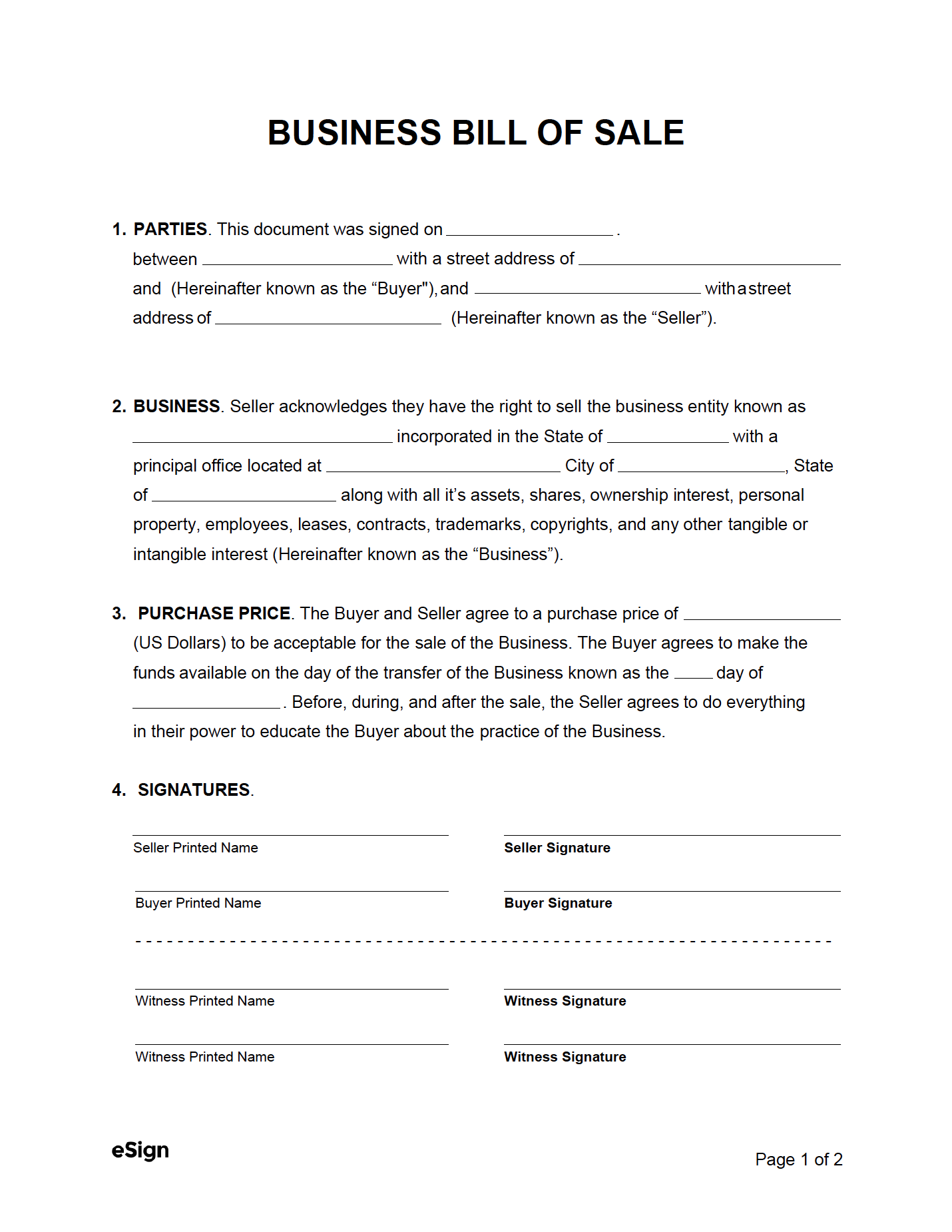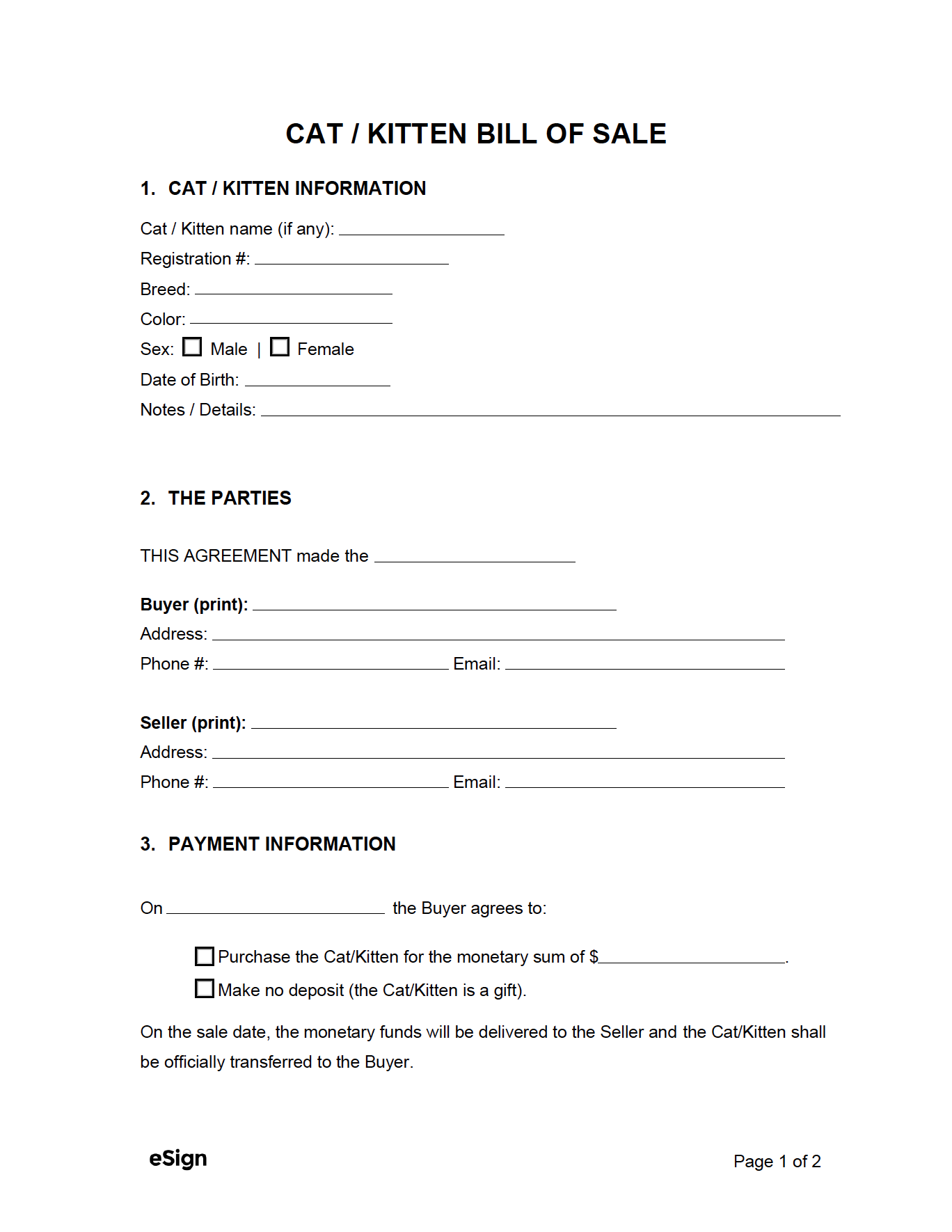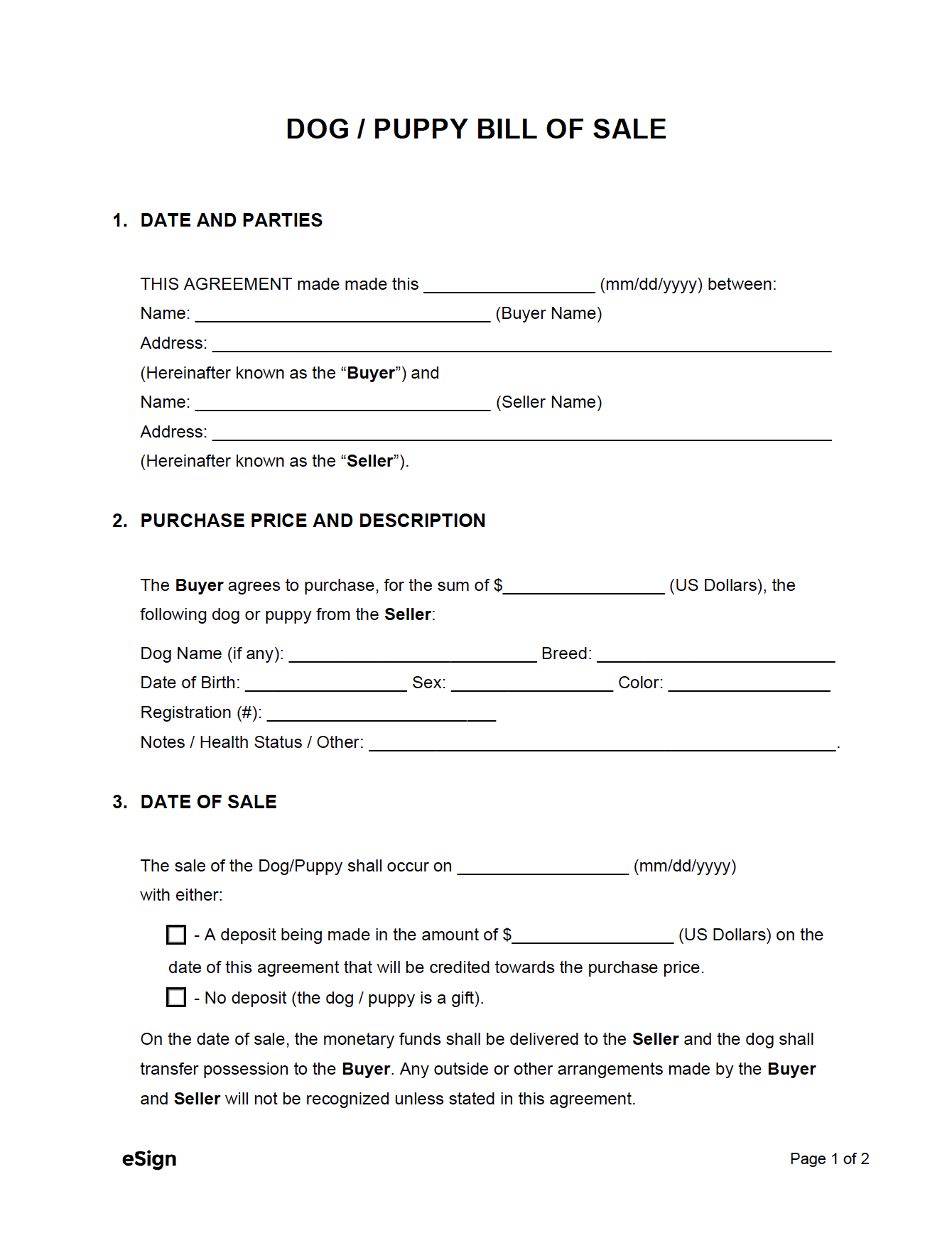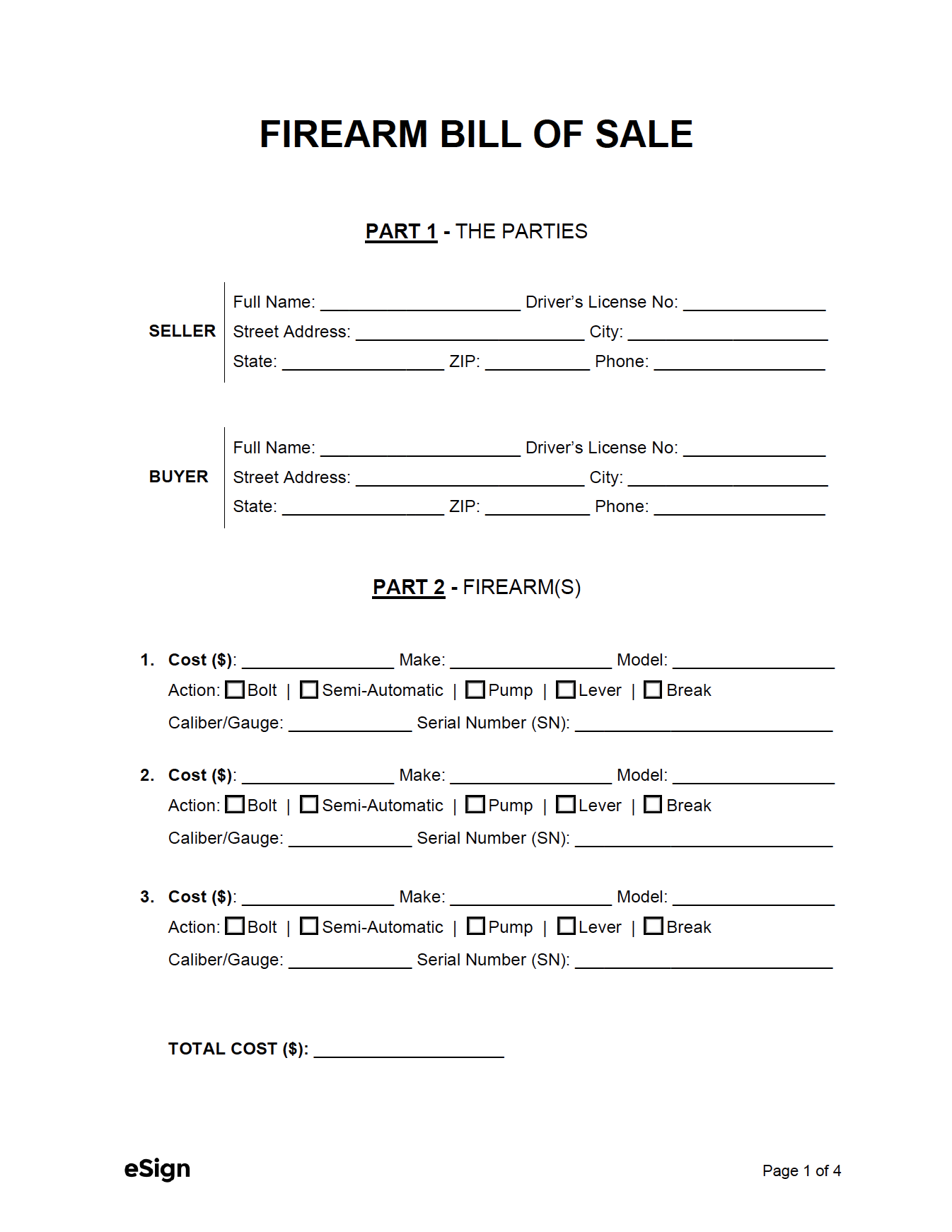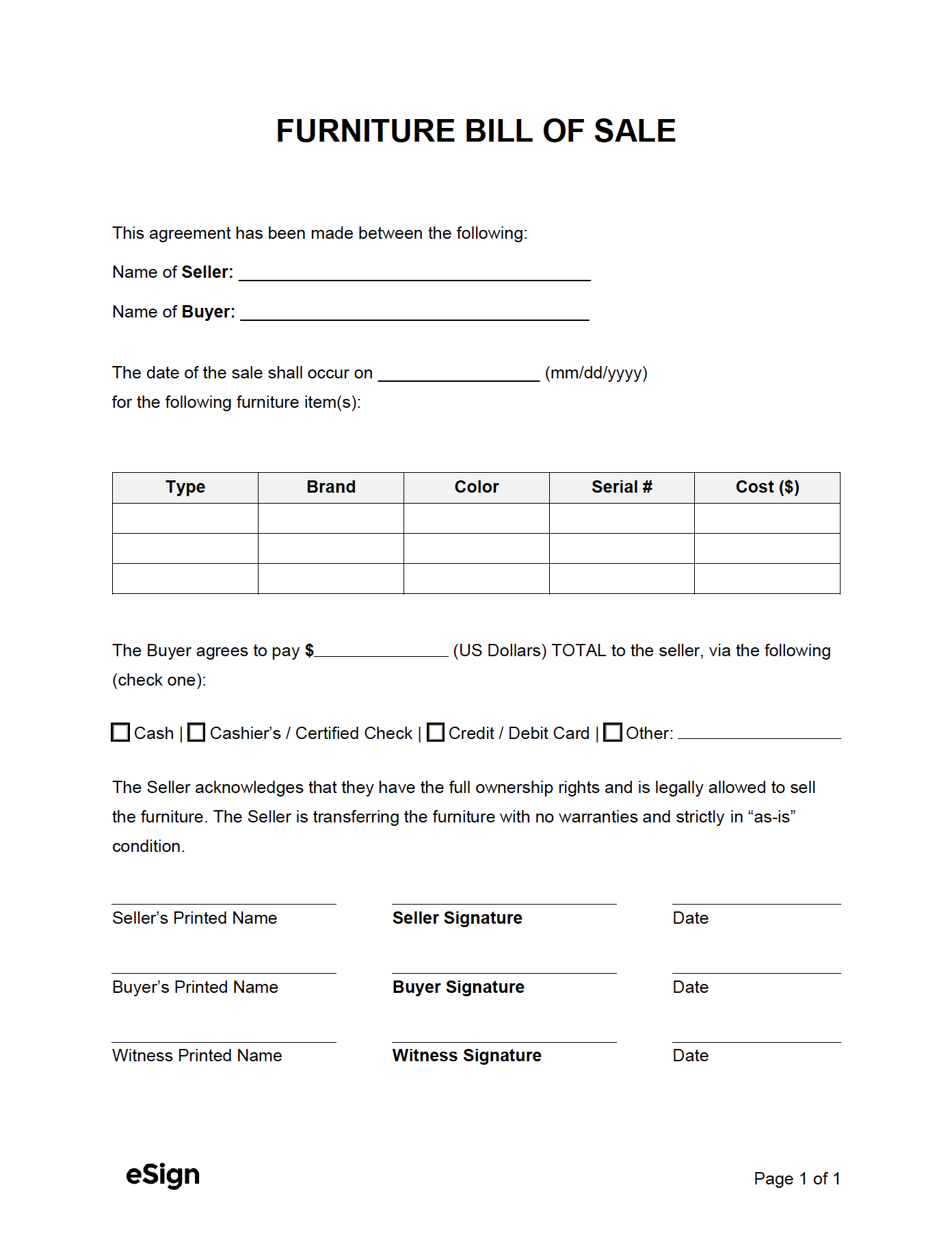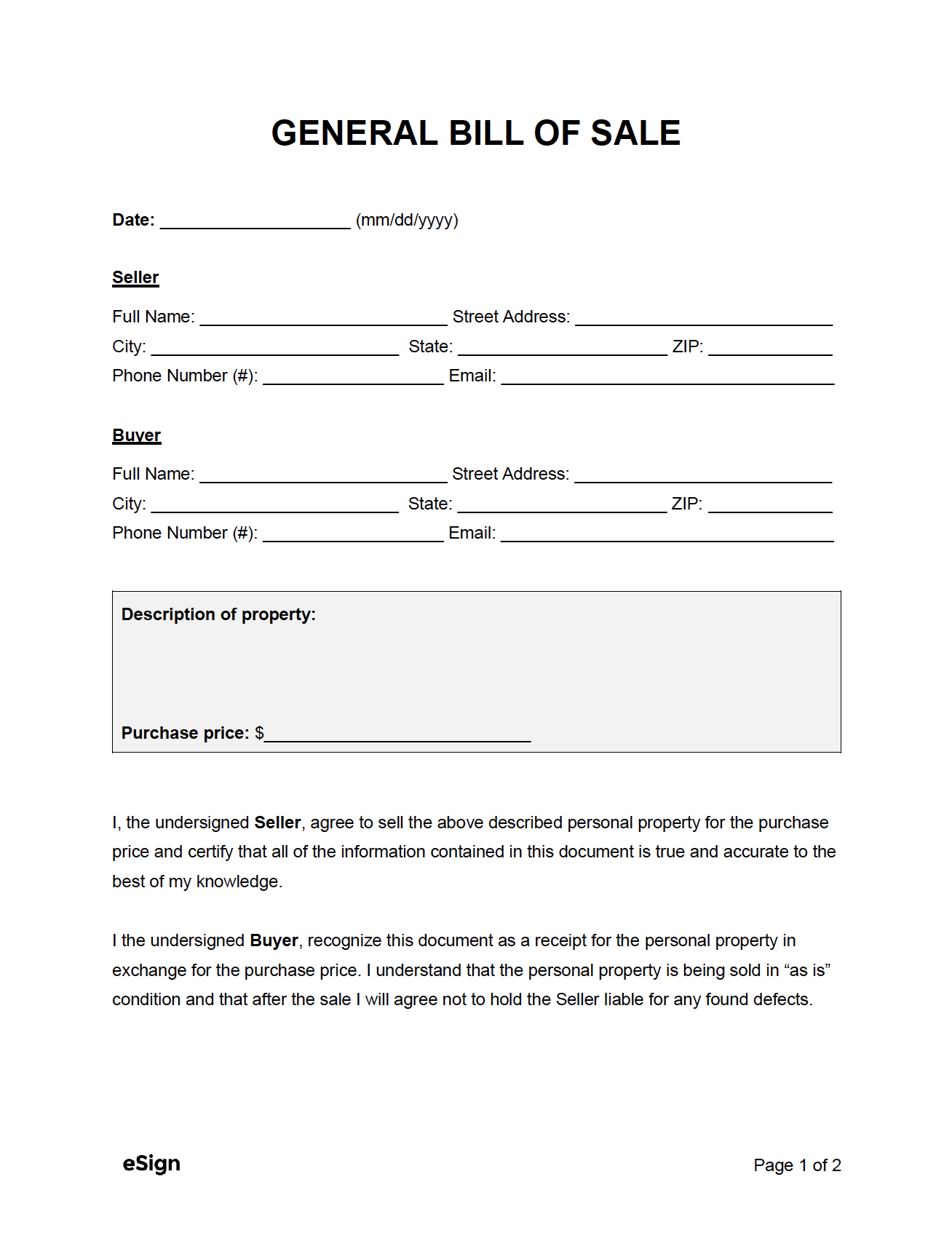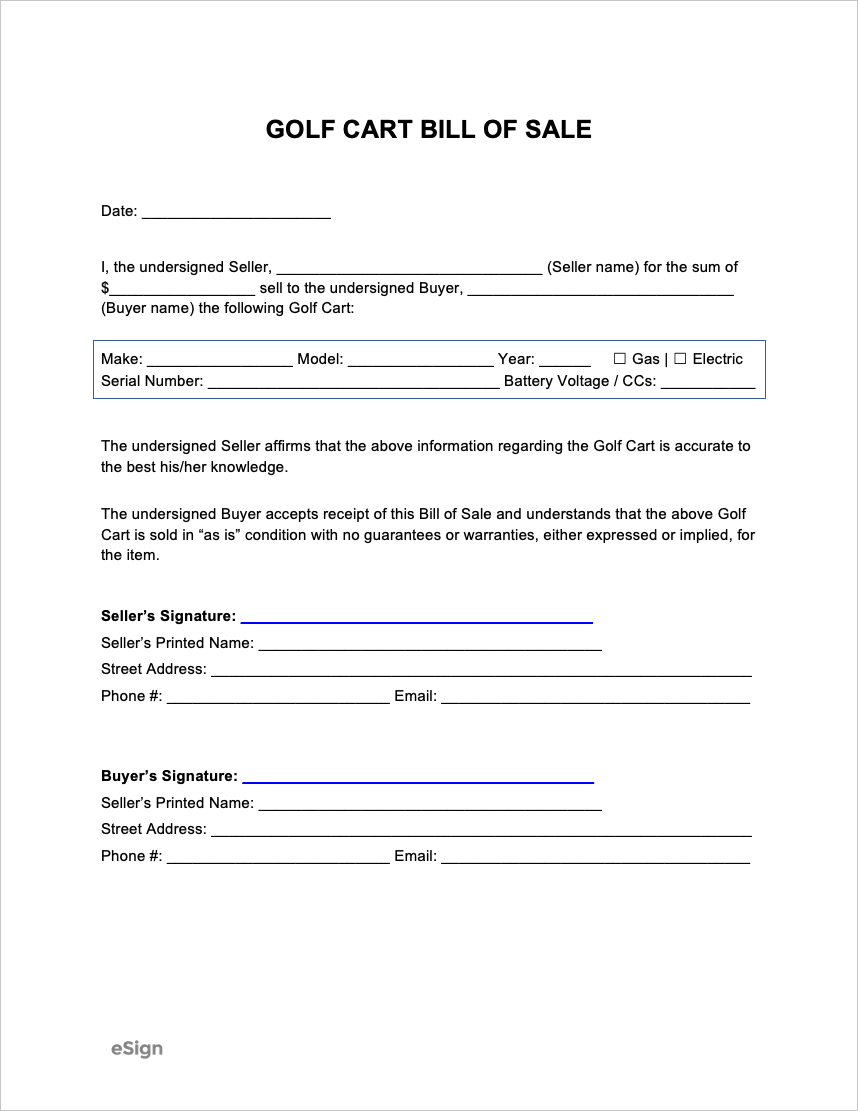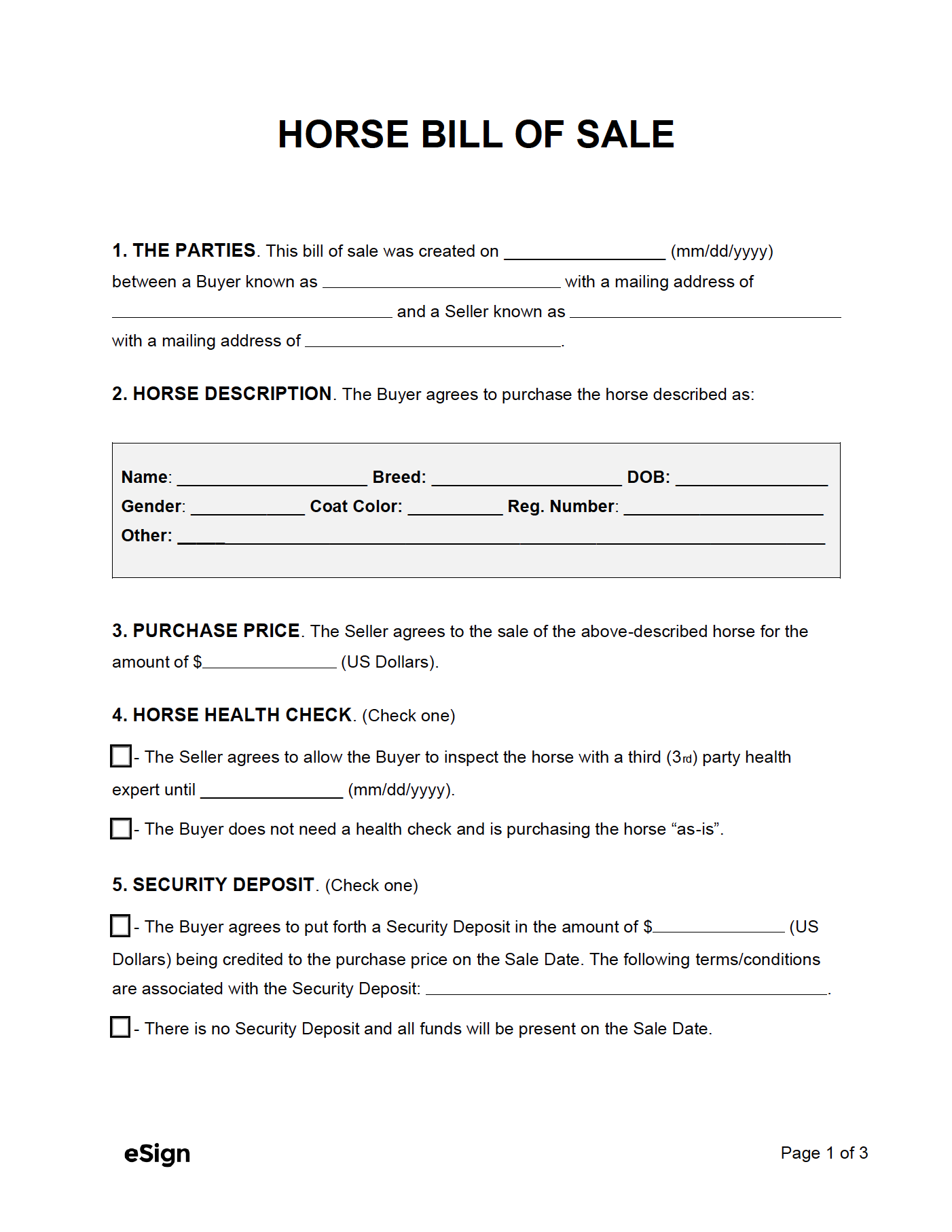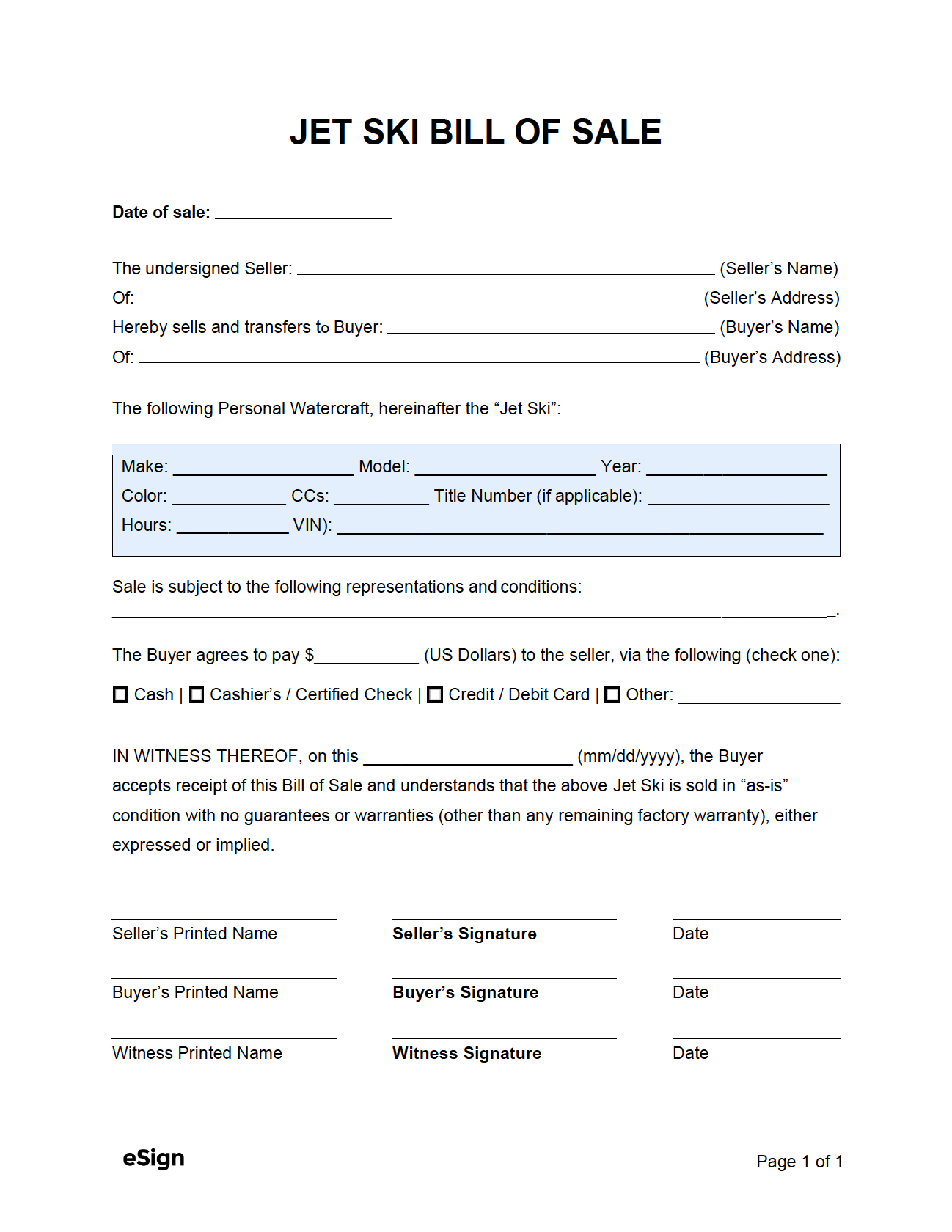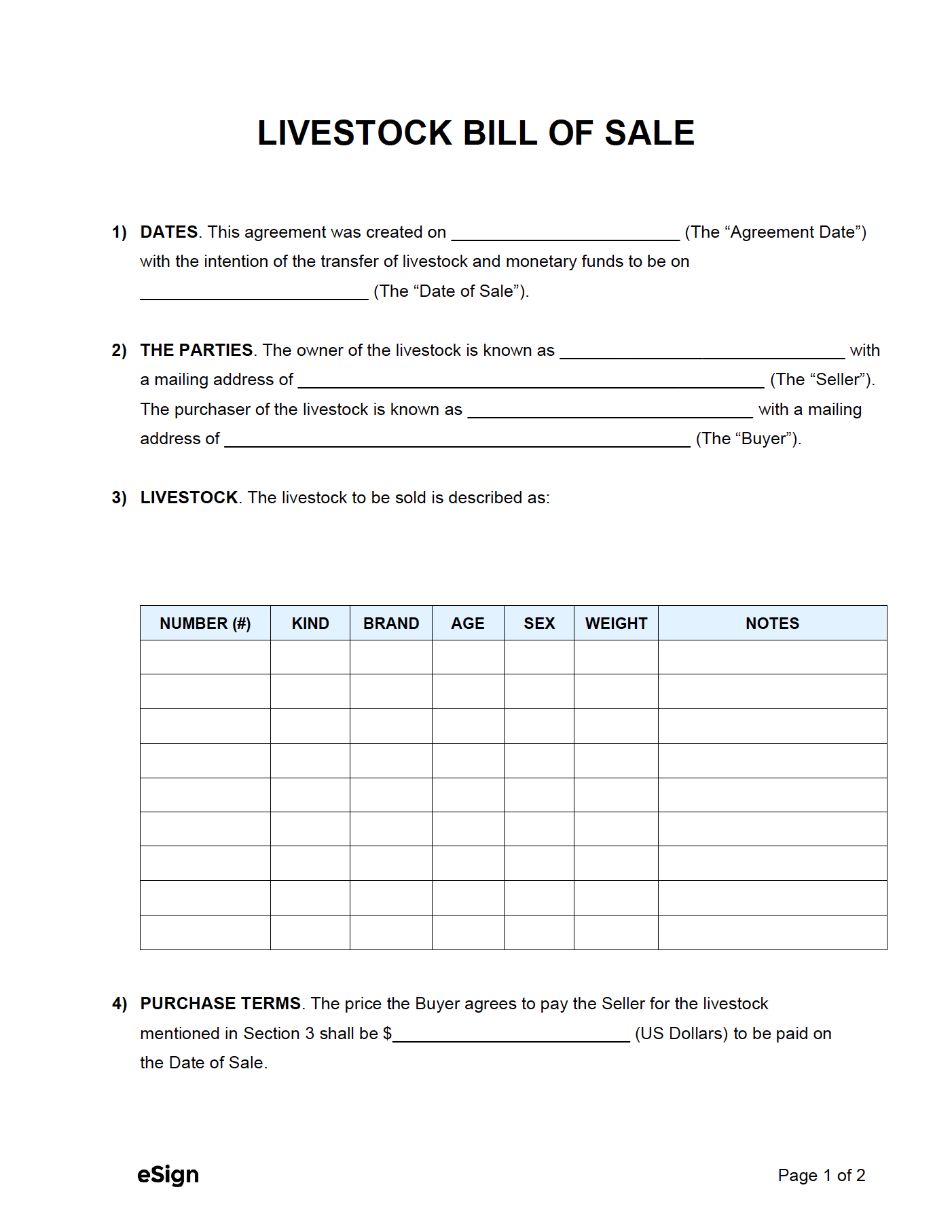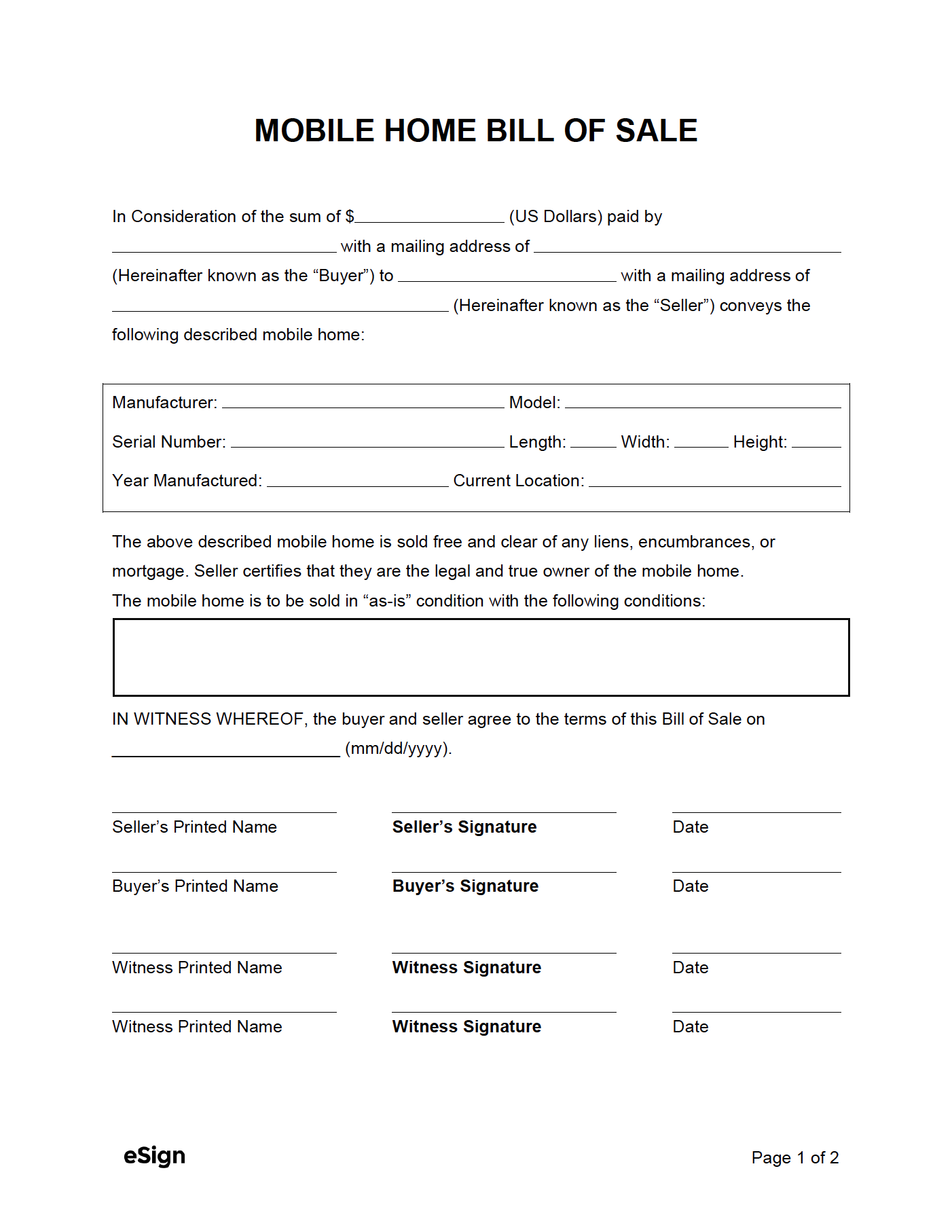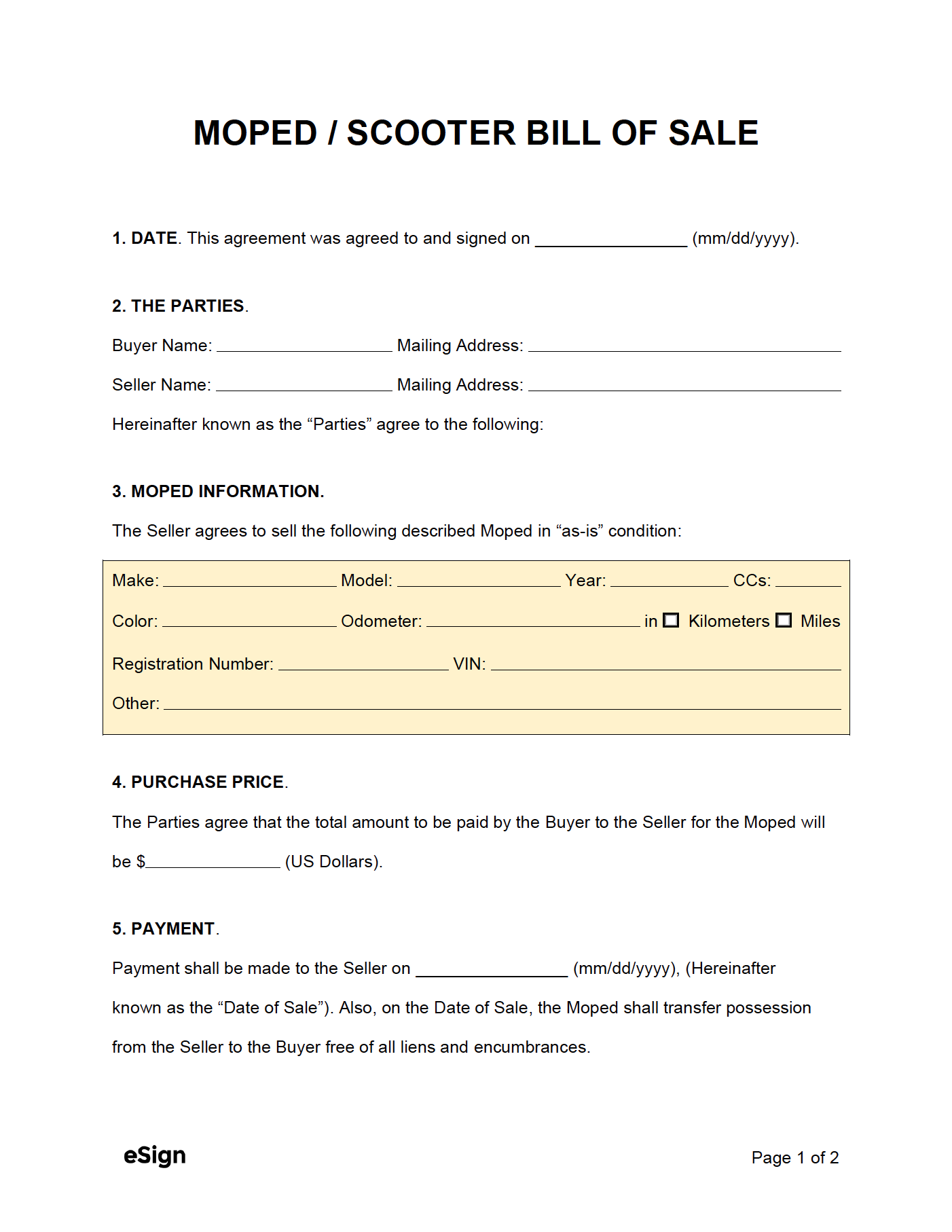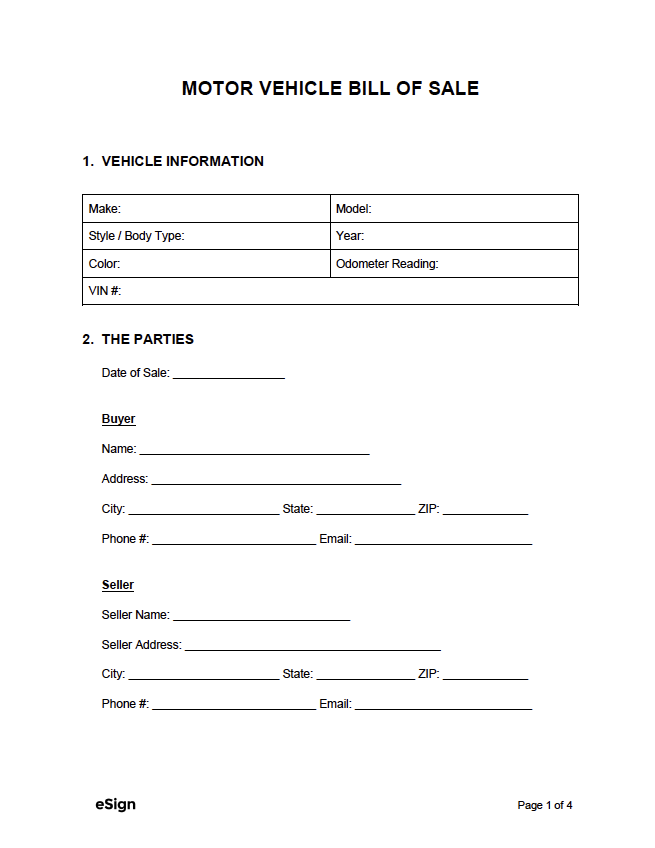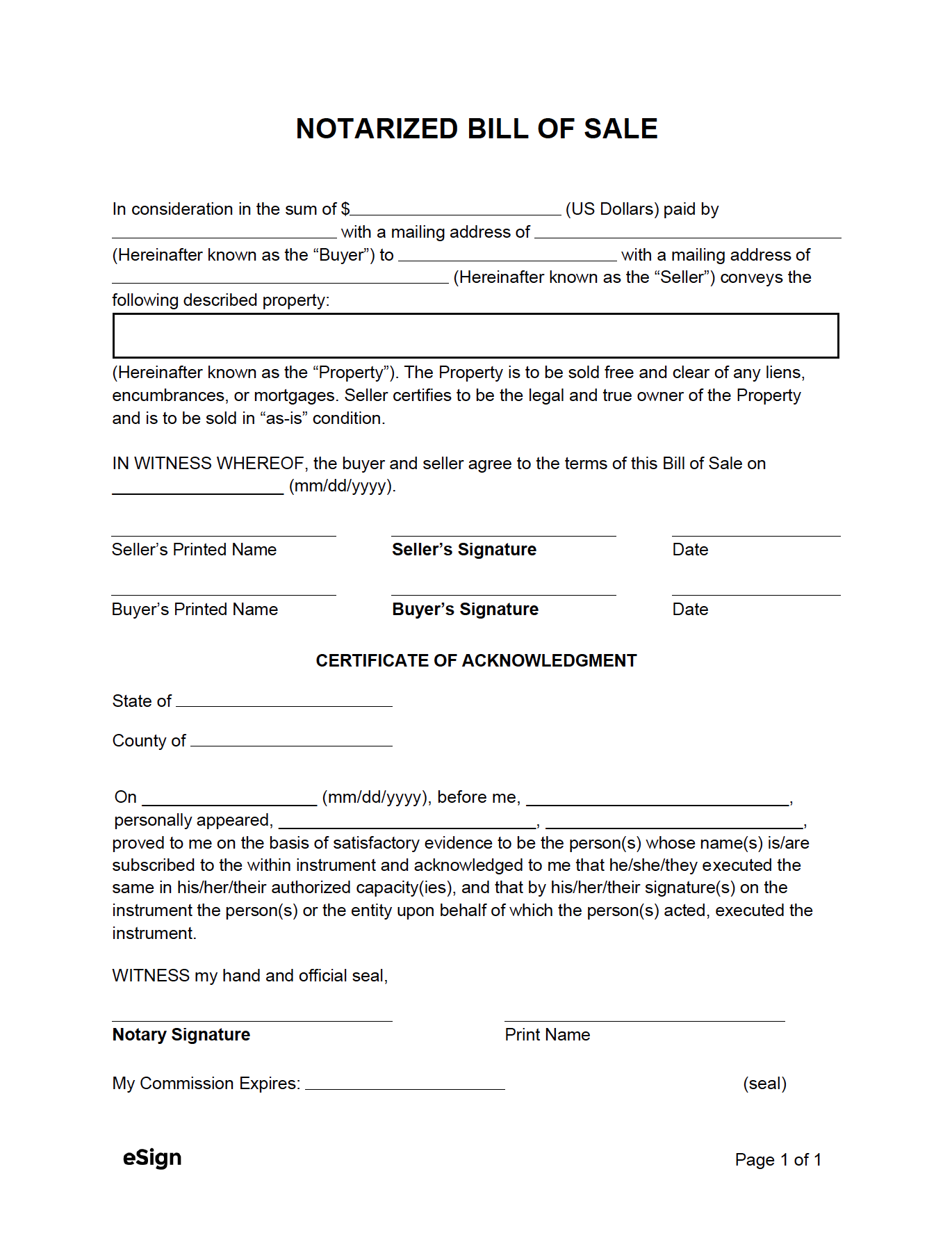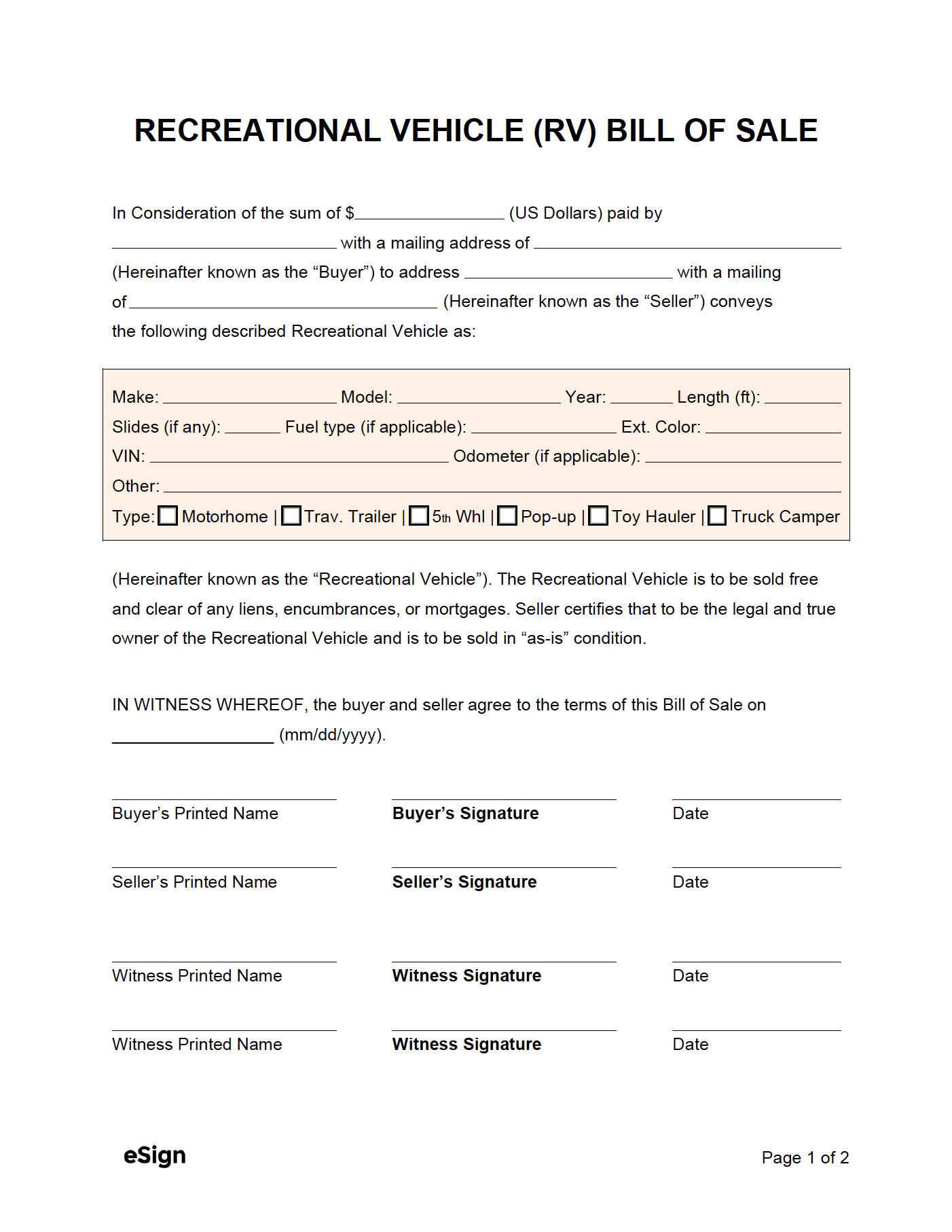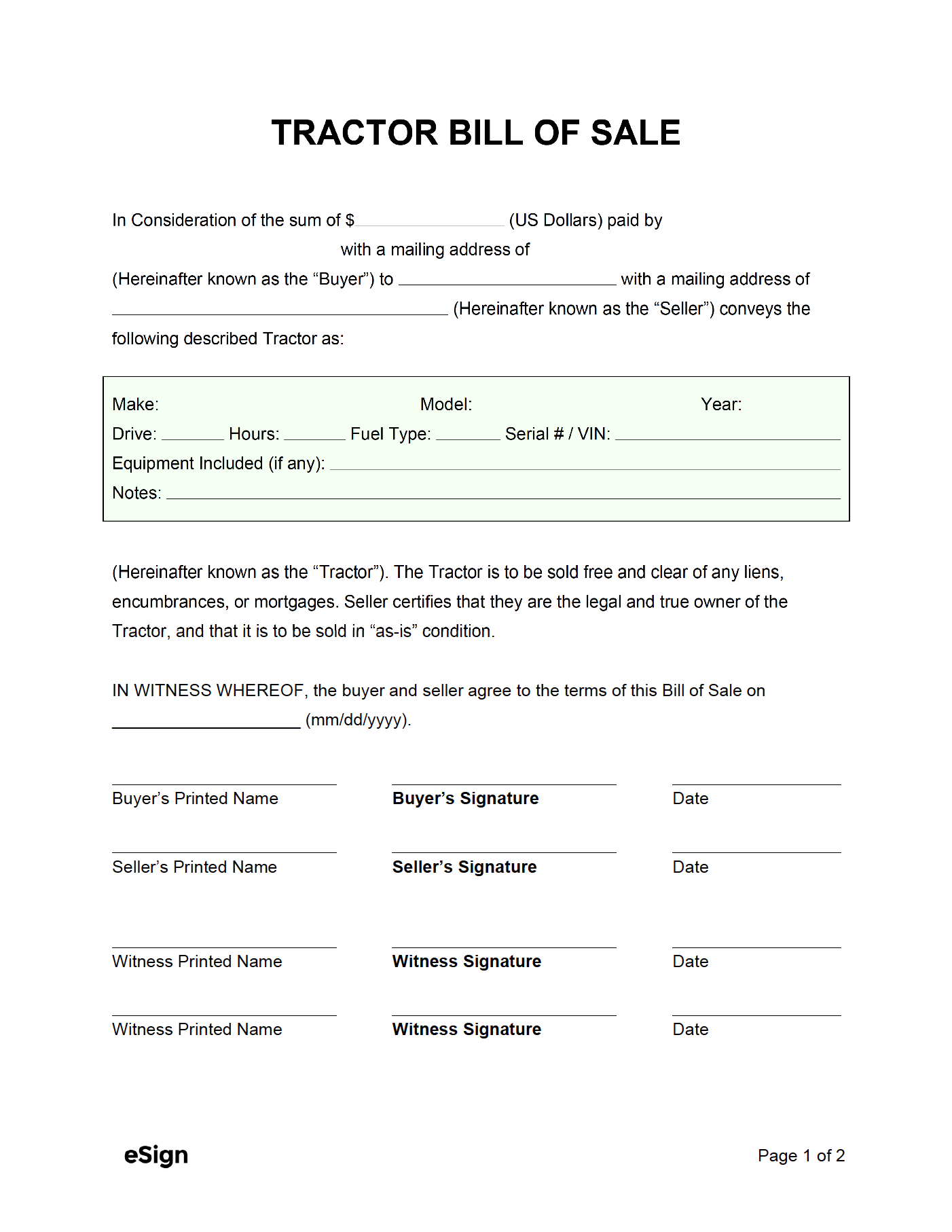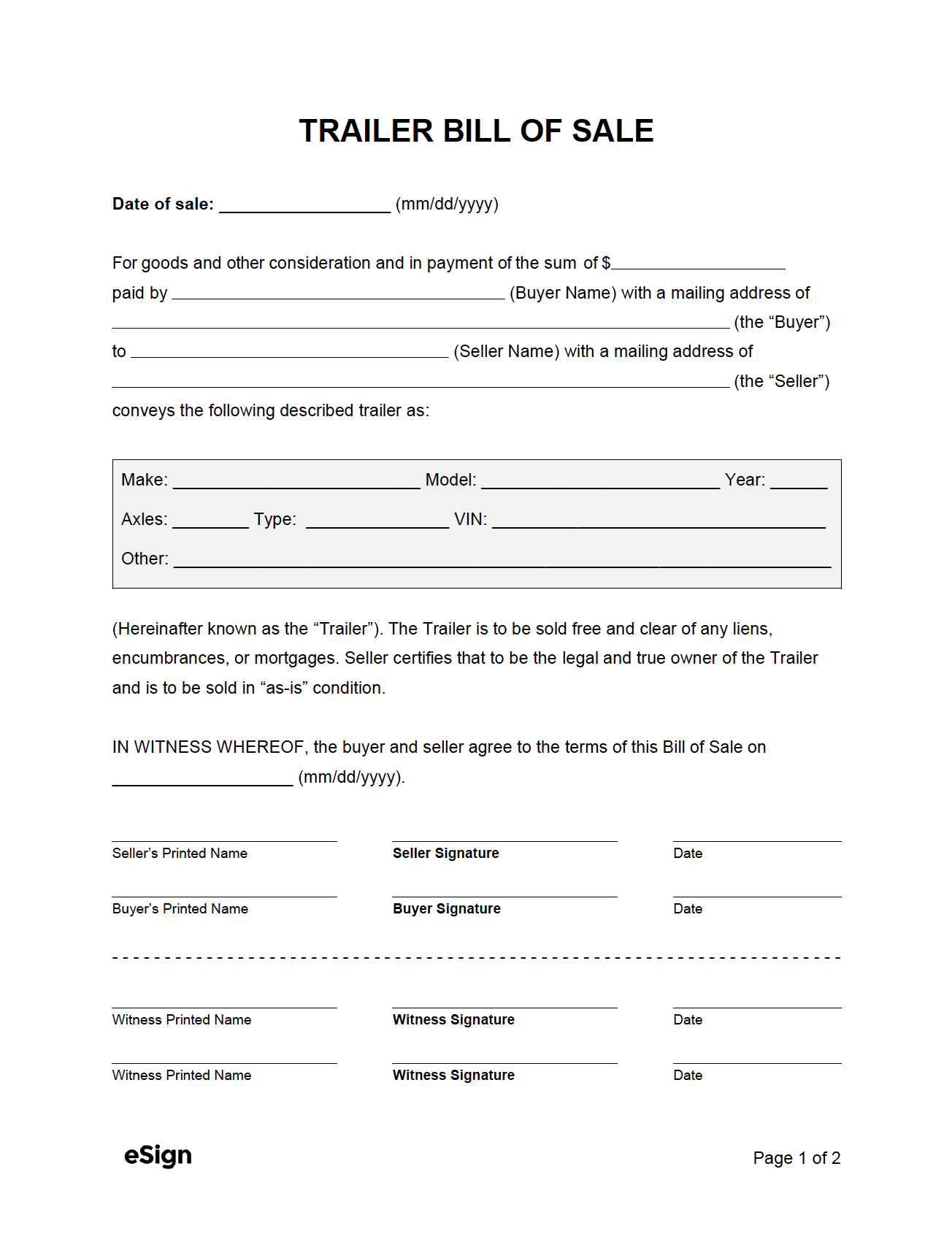By State
- Alabama
- Alaska
- Arizona
- Arkansas
- California
- Colorado
- Connecticut
- Delaware
- Florida
- Georgia
- Hawaii
- Idaho
- Illinois
- Indiana
- Iowa
- Kansas
- Kentucky
- Louisiana
- Maine
- Maryland
- Massachusetts
- Michigan
- Minnesota
- Mississippi
- Missouri
- Montana
- Nebraska
- Nevada
- New Hampshire
- New Jersey
- New Mexico
- New York
- North Carolina
- North Dakota
- Ohio
- Oklahoma
- Oregon
- Pennsylvania
- Rhode Island
- South Carolina
- South Dakota
- Tennessee
- Texas
- Utah
- Vermont
- Virginia
- Washington
- West Virginia
- Wisconsin
- Wyoming
By Type (23)
DMV Offices + Official Forms
View Offices + Forms by State |
||||
| STATE | DMV OFFICES | FORM | ||
| Alabama | Department of Revenue | PDF | WORD | ODT | ||
| Alaska | DMV | PDF | WORD | ODT | ||
| Arizona | MVD | |||
| Arkansas | DFA | |||
| California | DMV | |||
| Colorado | Motor Vehicle Offices | |||
| Connecticut | DMV | |||
| Delaware | DMV | PDF | WORD | ODT | ||
| Florida | DMV | |||
| Georgia | County Tag Offices | |||
| Hawaii | Driver Licensing Centers | |||
| Idaho | DMV | |||
| Illinois | DMV | PDF | WORD | ODT | ||
| Indiana | BMV | |||
| Iowa | DOT | |||
| Kansas | County Directory | |||
| Kentucky | County Clerks | PDF | WORD | ODT | ||
| Louisiana | OMV | PDF | WORD | ODT | ||
| Maine | BMV | |||
| Maryland | MVA | |||
| Massachusetts | RMV | |||
| Michigan | Department of State | PDF | WORD | ODT | ||
| Minnesota | DVS | PDF | WORD | ODT | ||
| Mississippi | Tax Collectors | PDF | WORD | ODT | ||
| Missouri | Department of Revenue | |||
| Montana | County Treasurers | |||
| Nebraska | DMV | |||
| Nevada | DMV | |||
| New Hampshire | DMV | |||
| New Jersey | MVC | PDF | WORD | ODT | ||
| New Mexico | MVD | |||
| New York | DMV | |||
| North Carolina | DMV | PDF | WORD | ODT | ||
| North Dakota | DOT | |||
| Ohio | BMV | PDF | WORD | ODT | ||
| Oklahoma | Tag Agency | PDF | WORD | ODT | ||
| Oregon | DMV | |||
| Pennsylvania | PennDOT | PDF | WORD | ODT | ||
| Rhode Island | DMV | PDF | WORD | ODT | ||
| South Carolina | DMV | PDF | WORD | ODT | ||
| South Dakota | County Treasurers | |||
| Tennessee | Driver Services Centers | |||
| Texas | DMV | PDF | WORD | ODT | ||
| Utah | DMV | |||
| Vermont | DMV | |||
| Virginia | DMV | |||
| Washington | Department of Licensing | |||
| West Virginia | DMV | |||
| Wisconsin | DMV | |||
| Wyoming | County Treasurers | PDF | WORD | ODT | ||
Sample
Download: PDF, Word (.docx), OpenDocument
BILL OF SALE
1. BUYER
Name: [FULL NAME] Phone: [PHONE]
Address: [MAILING ADDRESS]
E-Mail: [E-MAIL ADDRESS]
Buyer’s Signature ______________________________________
2. SELLER
Name: [FULL NAME] Phone: [PHONE]
Address: [MAILING ADDRESS]
E-Mail: [E-MAIL ADDRESS]
The undersigned Seller acknowledges receipt of the purchase price from the Buyer as full payment for the purchase of the below-described item, which constitutes the entire agreement between Seller and Buyer.
Seller’s Signature ______________________________________
3. PURCHASE PRICE ($)
Amount: $[AMOUNT] Sale Date: [SALE DATE]
Being Sold:
☐ As-Is
☐ Warranty for [#] days
4. PROPERTY DESCRIPTION
Type: [TYPE] Make: [MAKE]
Model: [MODEL] Year: [YEAR]
Serial Number (or VIN): [SERIAL NUMBER OR VIN]
Other Description: [OTHER DESCRIPTION]
